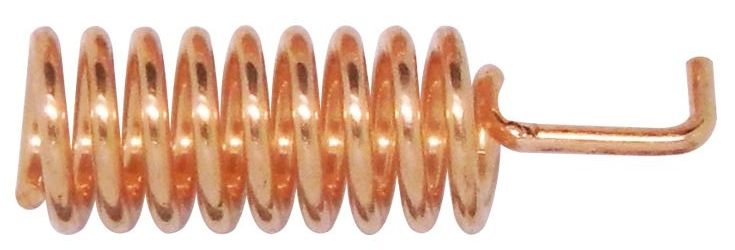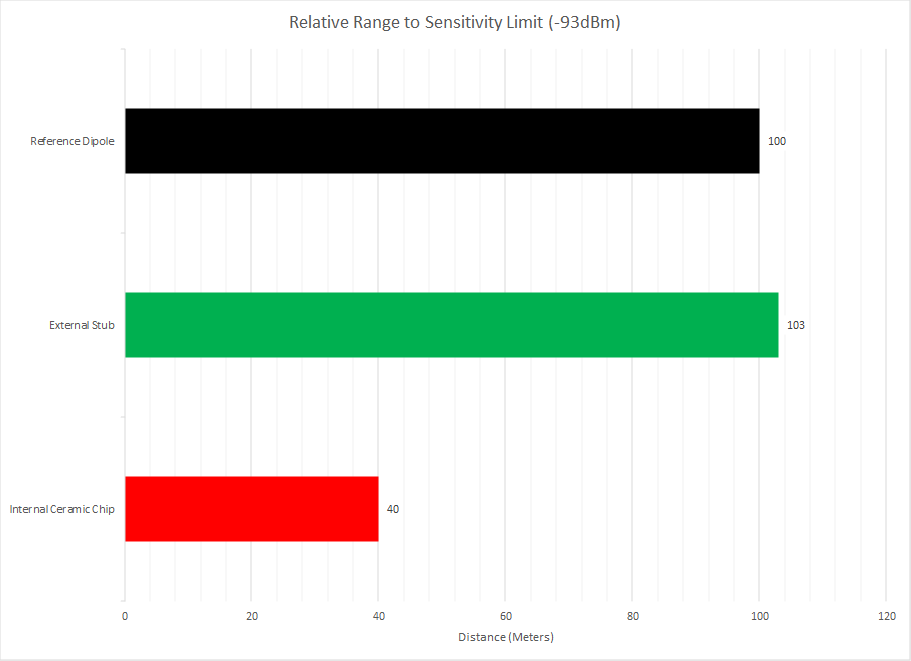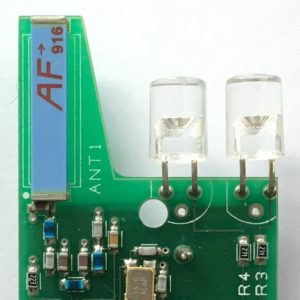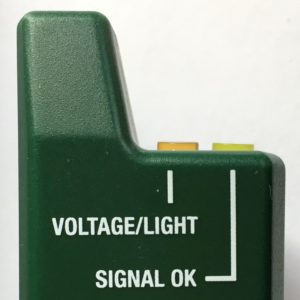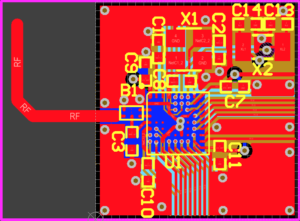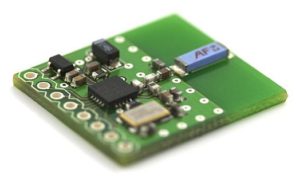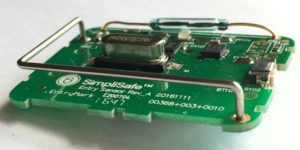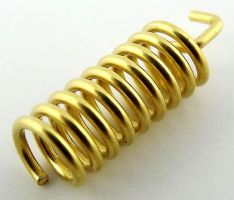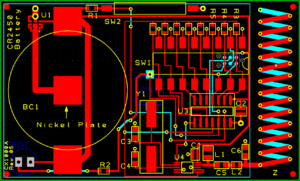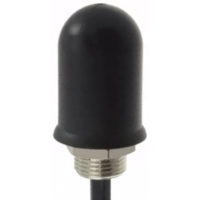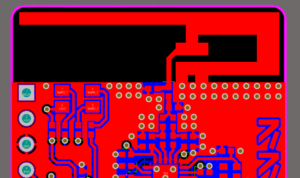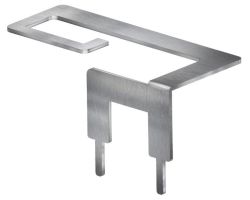The design of the antenna is wicked important.
No other part of a wireless product is as critical. Regardless if these other parts work great, poor range and unreliable communications will ruin the products perceived value. Antennas can be created in a wonderful variety of different types, shapes and sizes to suit virtually any application. The tricky part, however, is balancing radio range, cost and the amount of available space inside the product.

